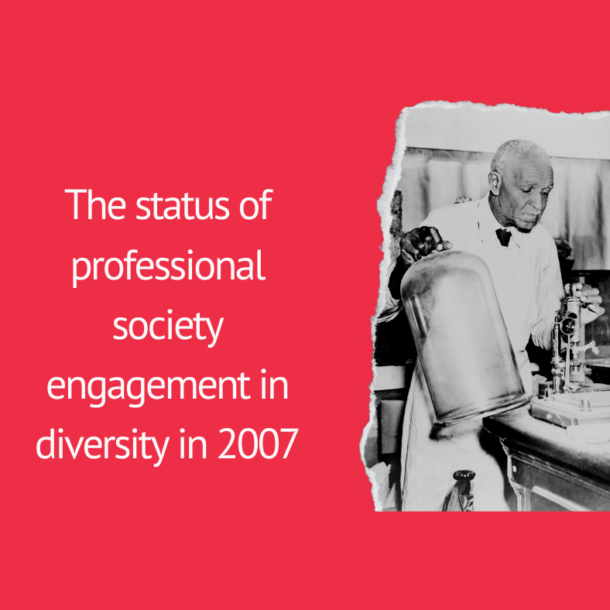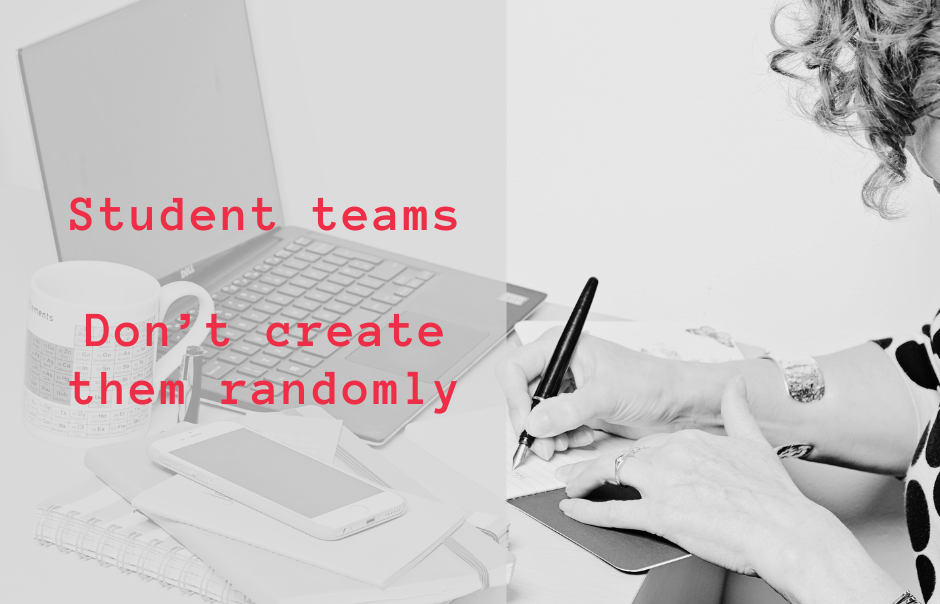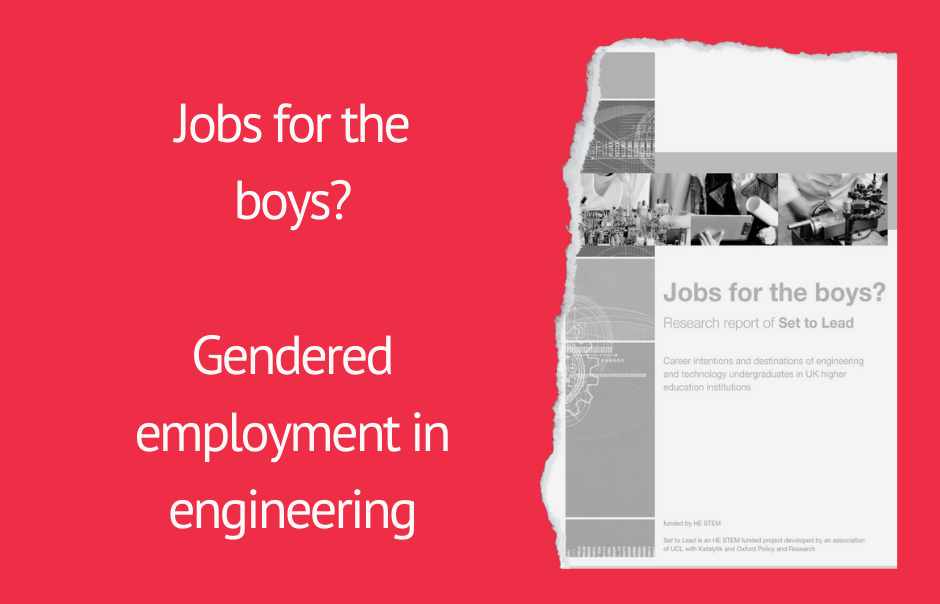
The language of CliftonStrengths
There are many tools, used in the public and private sector, to help people work more effectively with their colleagues. Selecting through the Belbin, Myers Briggs, Strengths and others, it doesn’t matter which we choose, though some have greater potential and are more easily accessed than others. What is vital is that we offer students a tool that provides a vocabulary to frame the way they think, feel and do things so they can reflect and analyse their own and others’ behaviours.
Choose your own tool, but the one we chose that showed immediate impact was CliftonStrengths from Gallup. We spoke with 25 engineering employers. What did they use? What did other universities use? Belbin. Yes, MBTI – sometimes, mostly through careers services but both these tools are quite old. DISC, yes. Strengths and positive psychology seemed to be the tool of the moment. And at $20 per student, cost-effective. There were lots of resources including a book and activities. A bit American maybe…. But it was accessible on many levels. And we had great results in our pilots.
So the message is: make sure you give students a tool to help them frame and understand their team experiences. Ideally, one that is modern, evidence/research-based and is widely used by a cross-section of employers.
At the end of the day, the purpose of the tool and its associated vocabulary is to help students grow self-awareness and learn to manage the natural way they think, feel and behave.
By understanding how we perform helps us appreciate others and move towards the point at which we each realise we cannot do everything by our self to the same high standards. We need partners, collaborators, and people who think differently and can challenge us to be our best.



